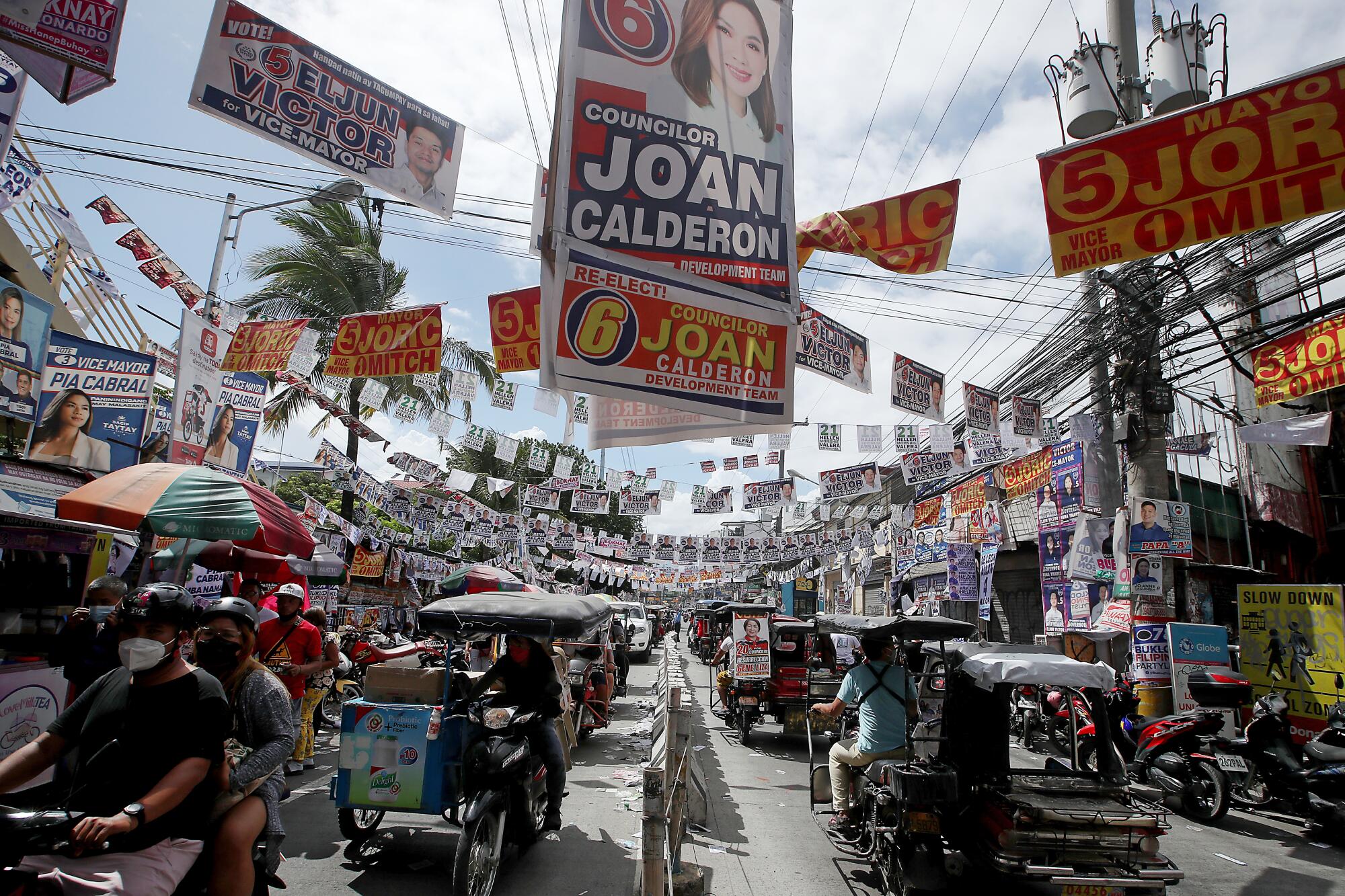
Sometimes it helps to take a step back to see what’s happening. It might just be me, but the world feels off-axis. Two and a half years into it, the 2020s have been a slog. So, as the pandemic eased, I recently went back to the Philippines, where I am from.
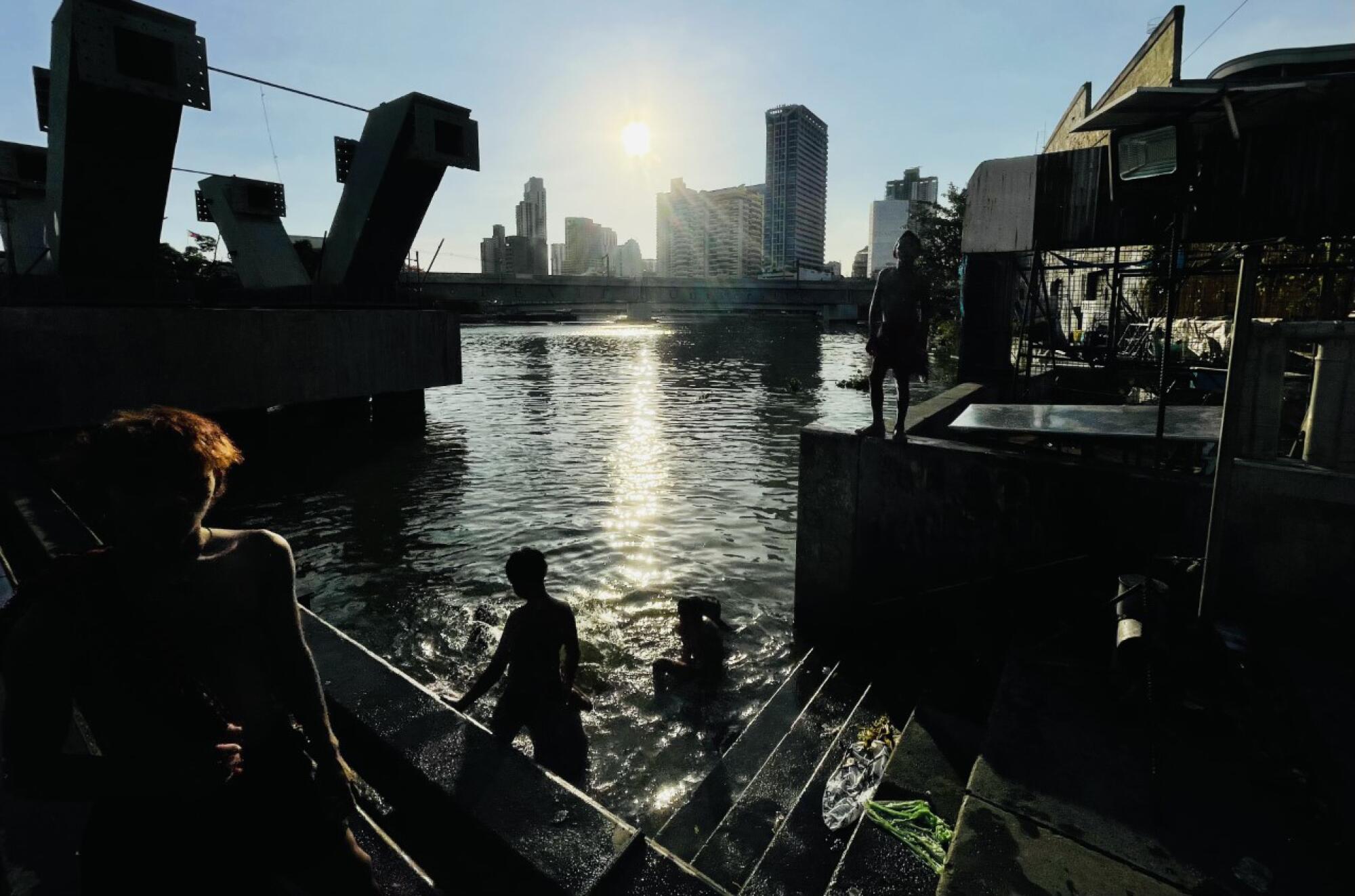
I traveled with my mom, an exile of the coronavirus lockdown who spent more than two years with my brother mostly, and me, in the U.S. Since retiring, she had lived in our old house in the Philippines. She was happy to finally go home.
I took some time to get acquainted with my hometown, though it always gets harder to reconnect. Dumaguete once was a sleepy ville in a lost corner of nowhere. Its population now is about 140,000 and swells with the ranks of students attending one of several local universities. It is a city now. Who woulda thunk? Not me 30 years ago
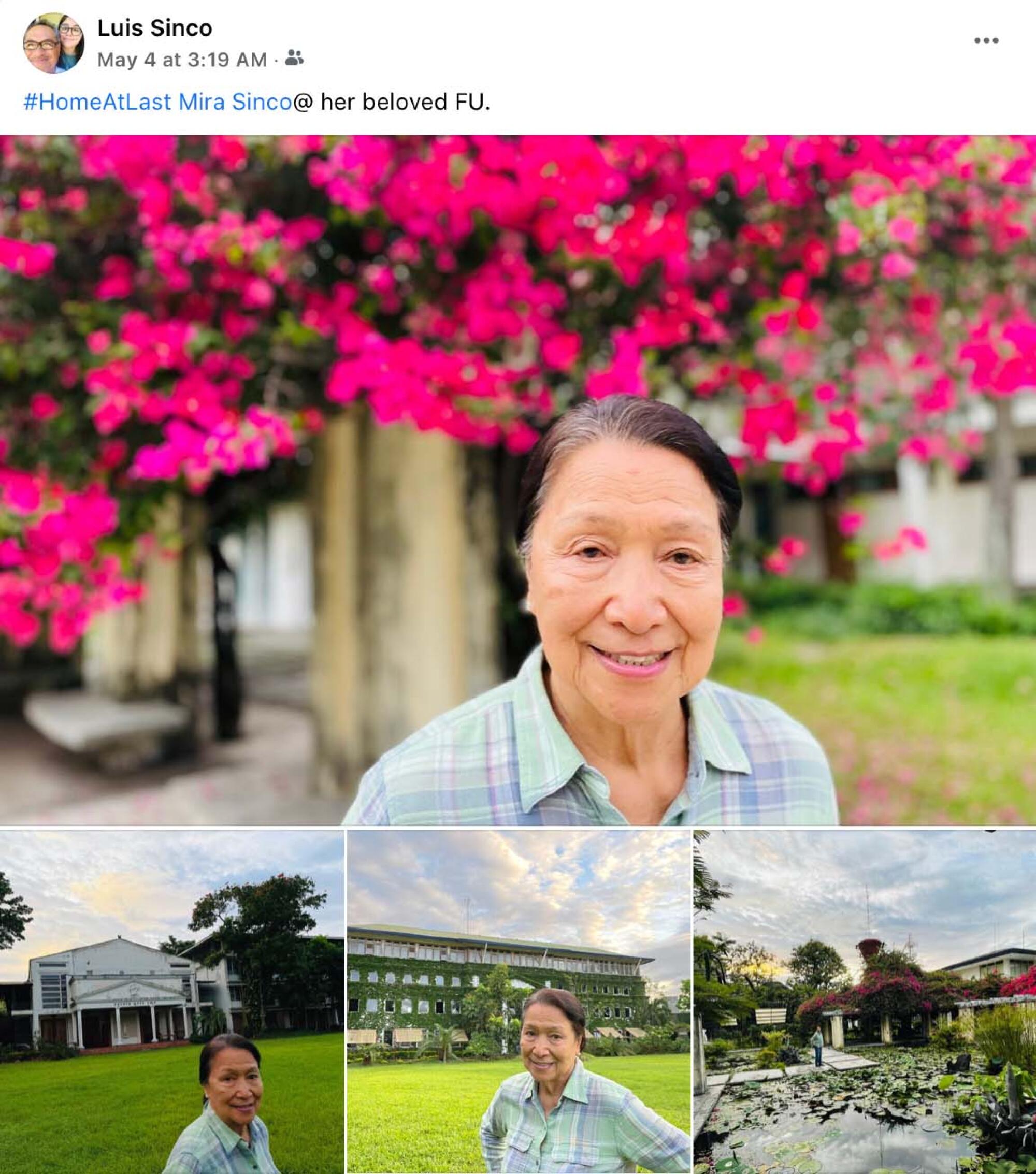
Many places I know are long gone. The river where my brother and I swam now is a concrete canal. Entire coral reefs have vanished. Expansion of the national highway mowed down century-old, leafy acacias that lined the coast and tiny towns along its way. The mayor promises to build a large island replete with hotels, eateries and shopping – all offshore on reclaimed land. When you call the 800 number on your credit card, you’re probably talking to someone here. Coming soon: a new (international?) airport.
I taught workshops here from 2013-2016. I told participants to document everyday life for posterity. Even nine years ago, progress appeared unstoppable. The future held even more change
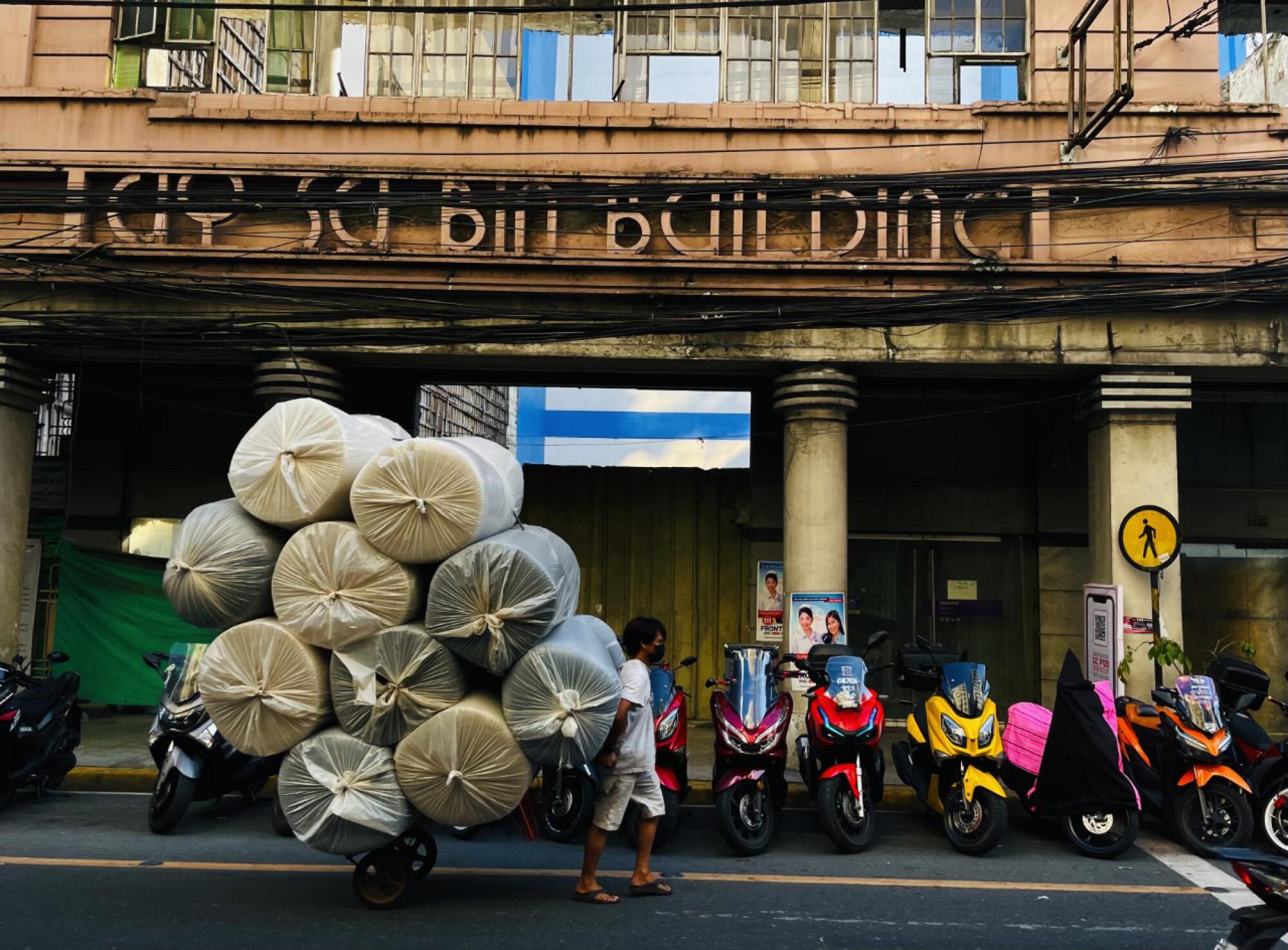
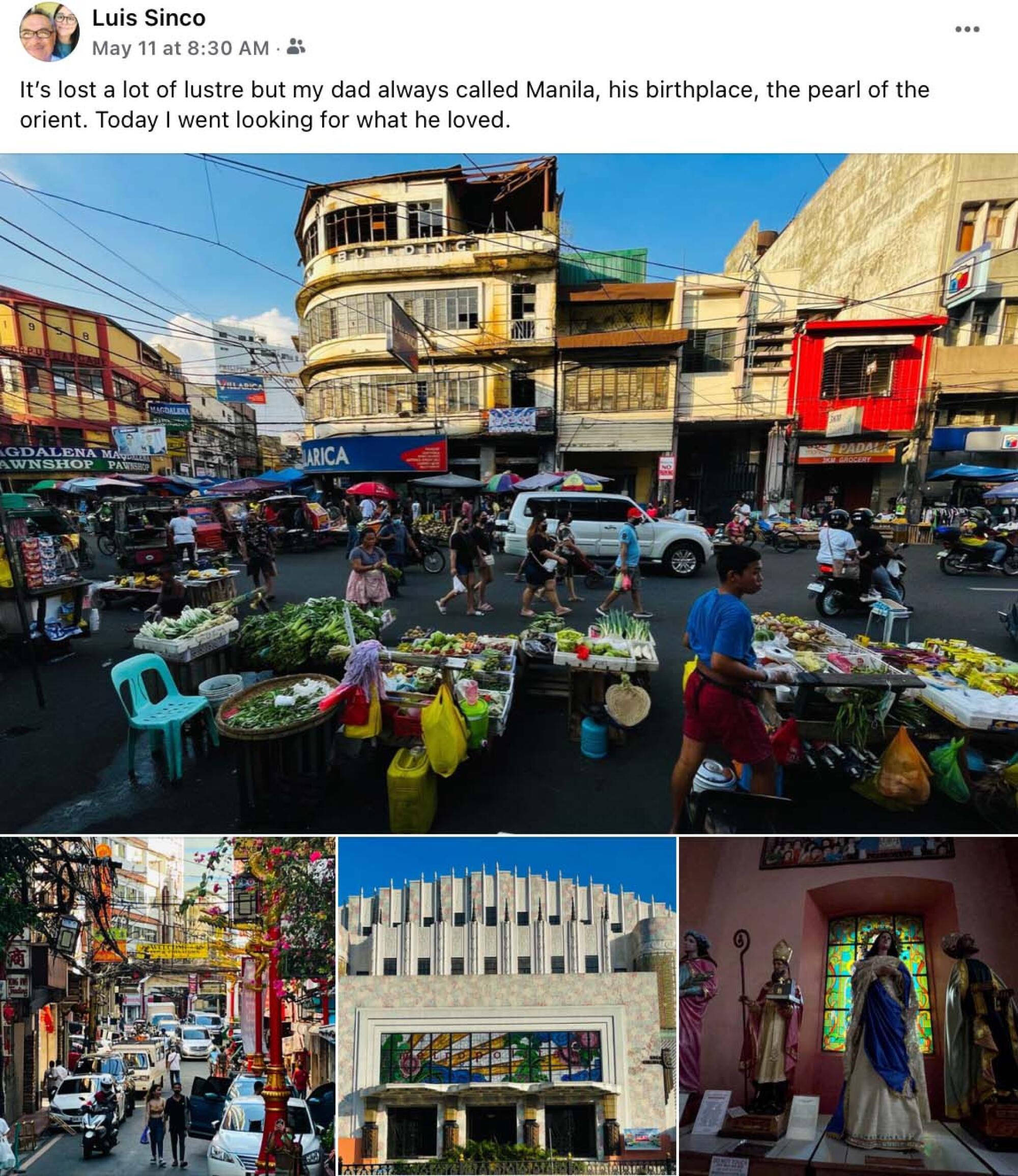
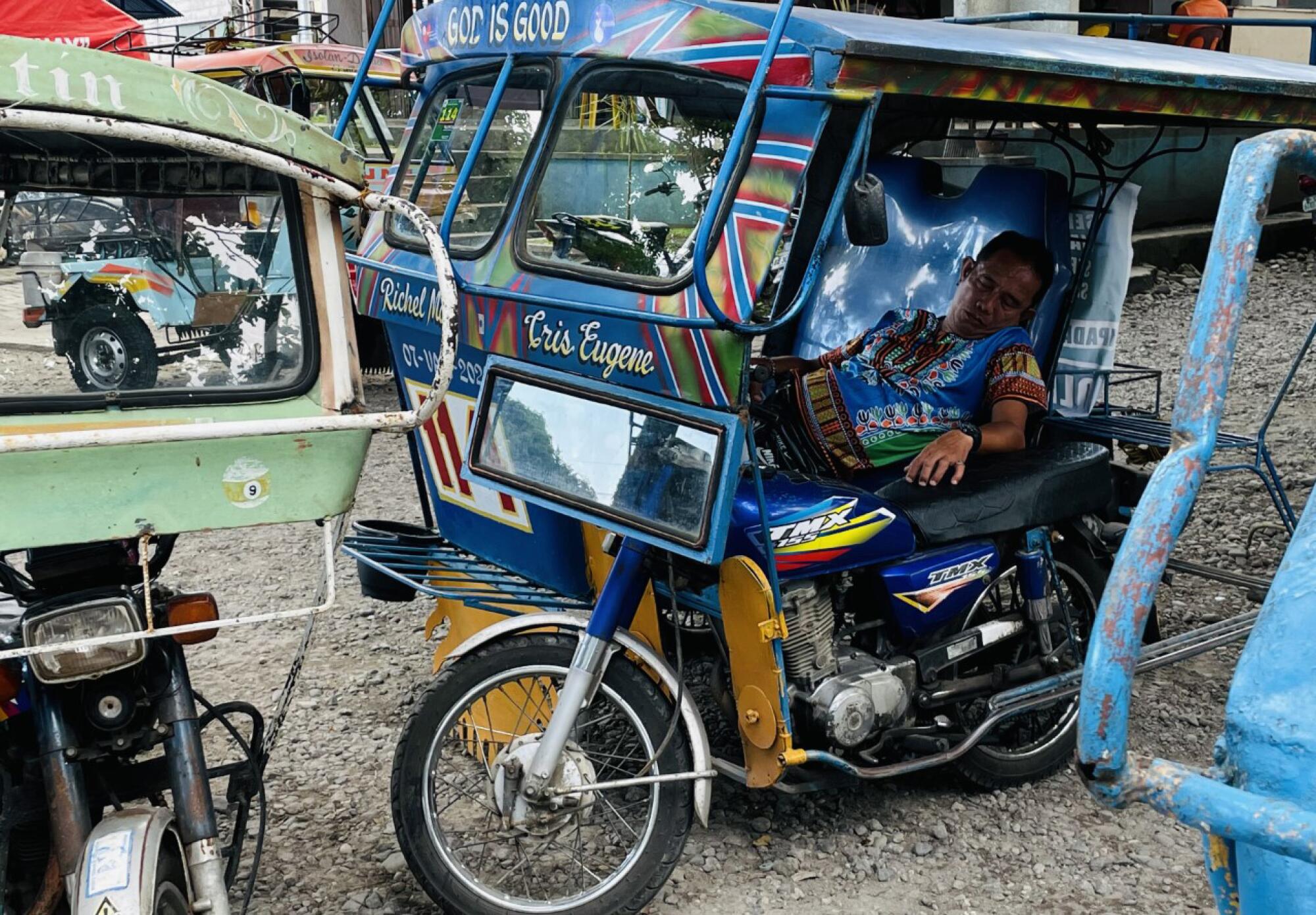
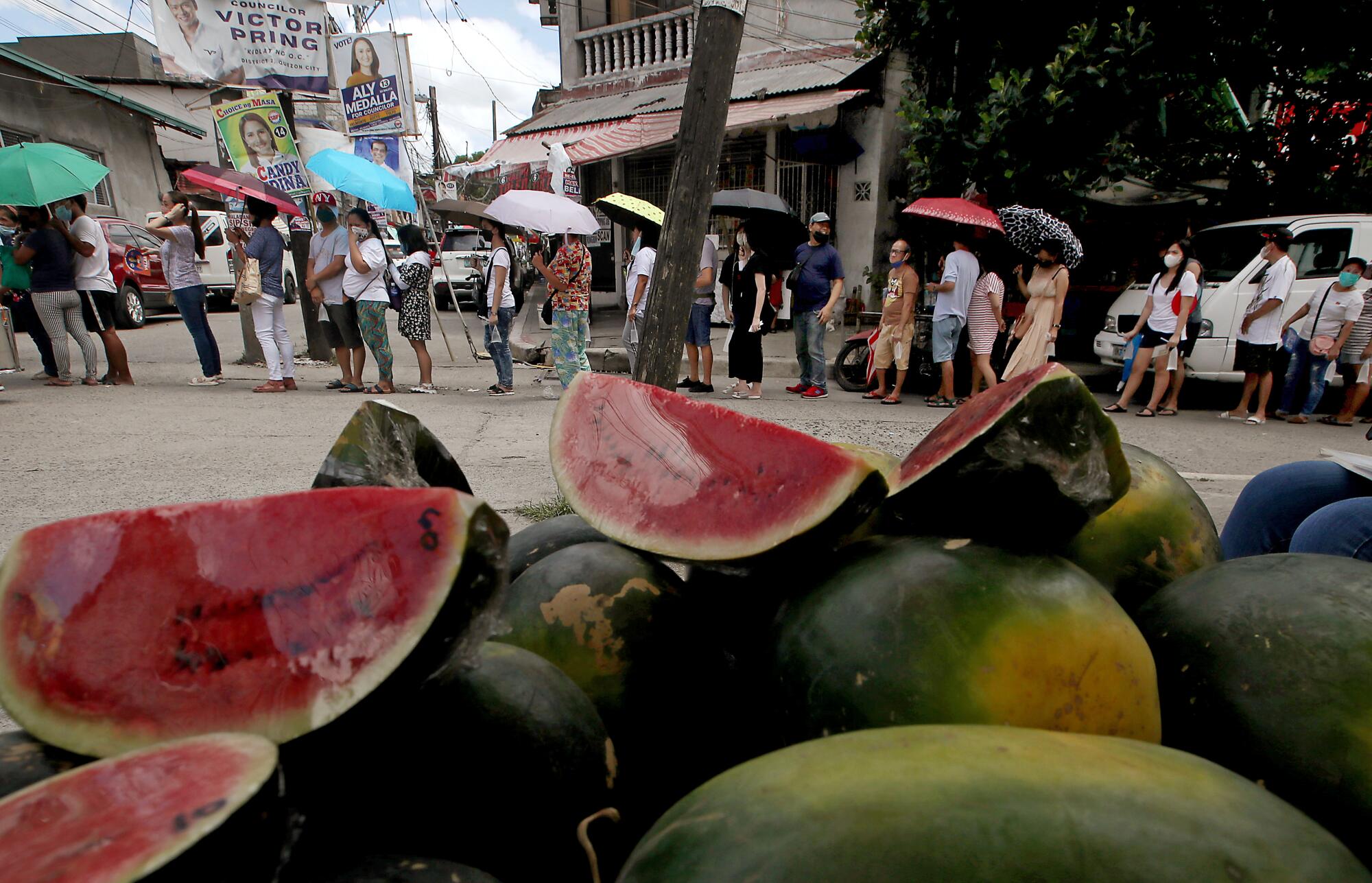
This time around I shot with my iPhone 12. It was liberating — and fun. The image is as you see — like a Kodak Instamatic, but worlds better. It was a great experiment. It was inconspicuous and easy on the shoulders.
I learned that phones allow you to seamlessly blend in. Everybody shoots with phones. A phone makes me just another guy in the background. Every photojournalist today knows that when you bring cameras, possible scrutiny and restrictions follow. Use a phone and you’re good to go, hassle free.
Today, people communicate instantaneously with imagery on phones — and shape the new mass media. I’m spouting photojournalistic heresy, I know. But should anyone install a good 100-400mm lens in a phone, I’m all about it. Just make it under 500 bucks, please.
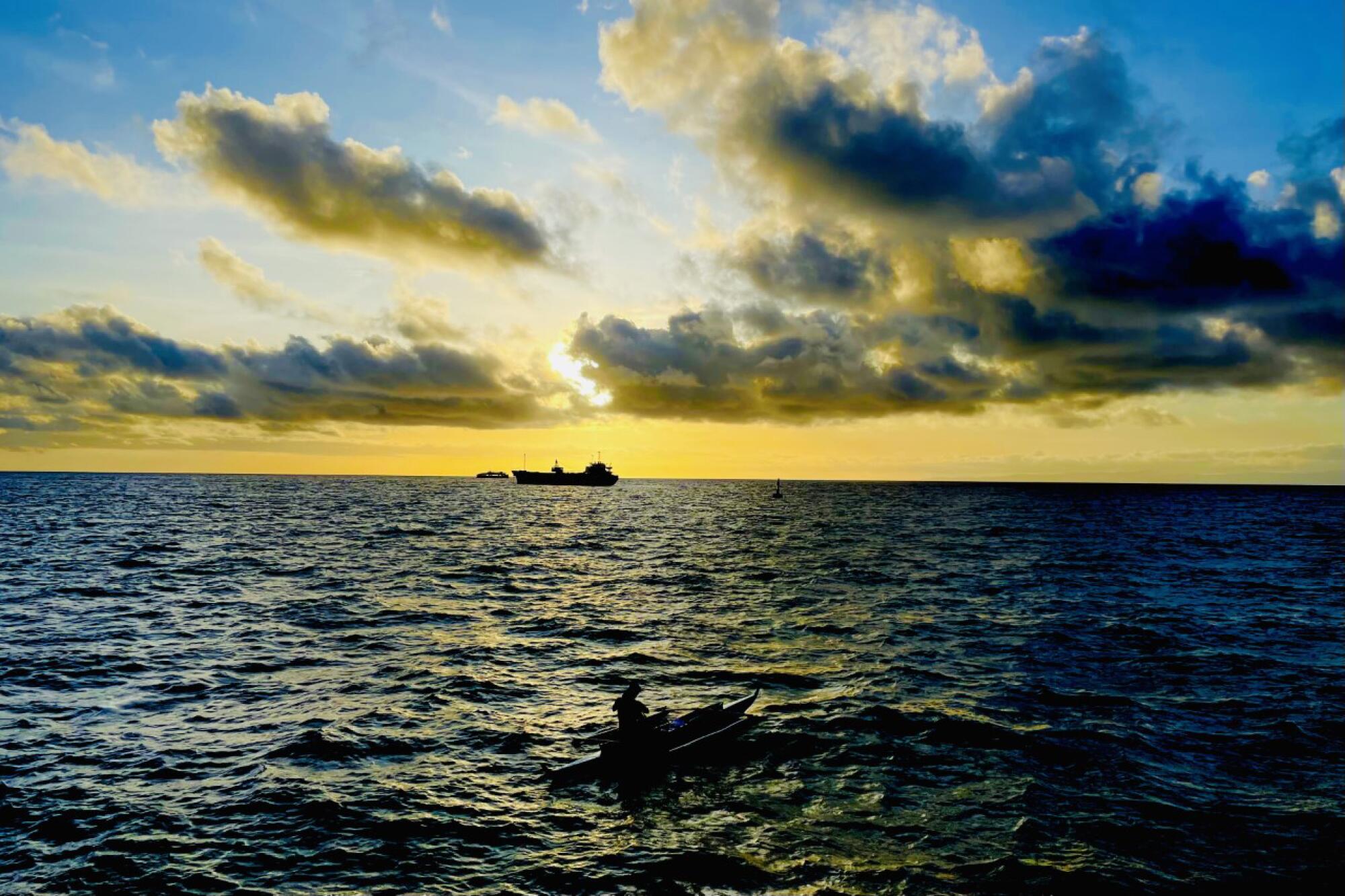

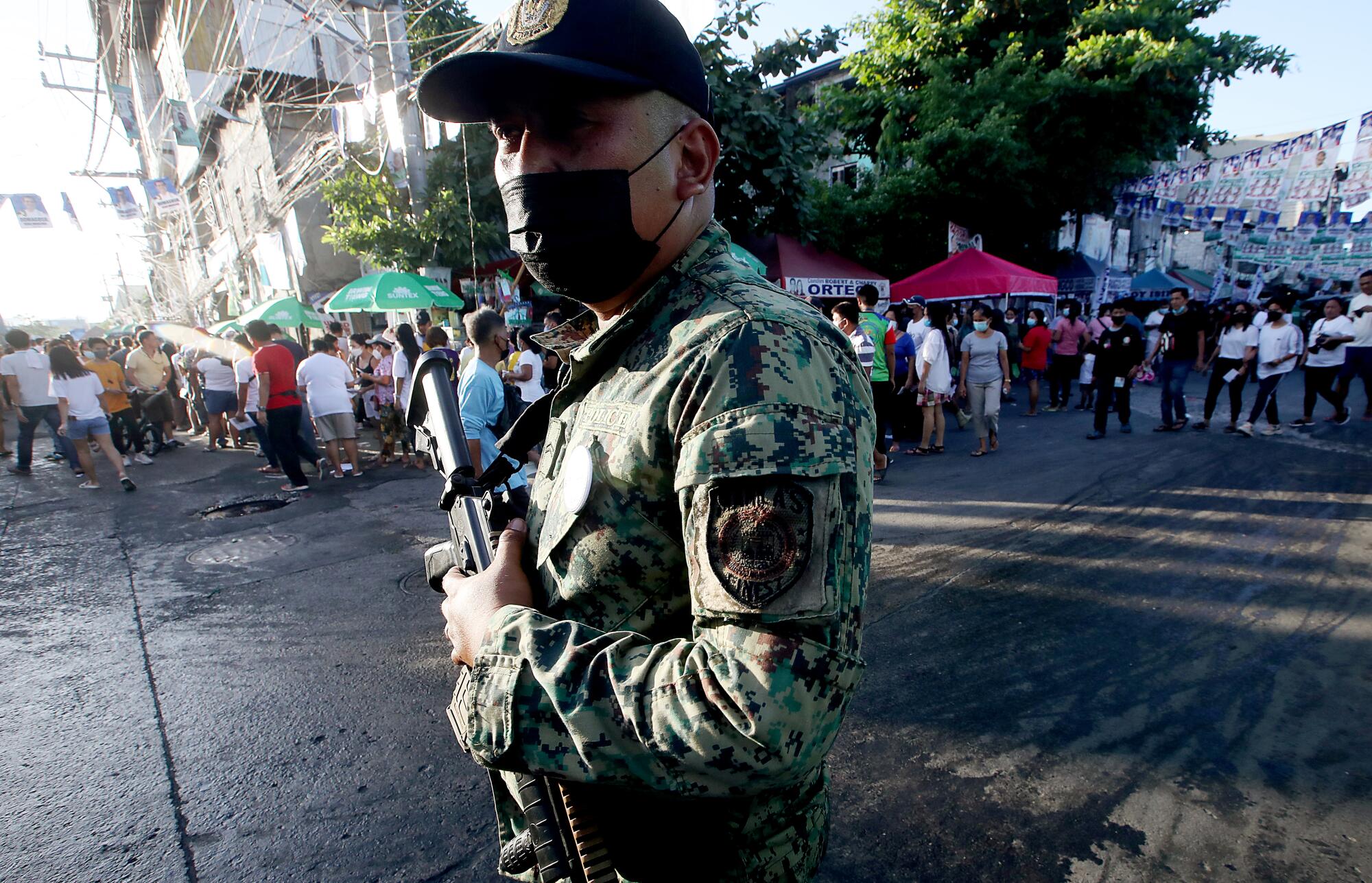
I wound up my visit by covering the recent elections in the Philippines. My editors asked me to stay and see if violence flared. I shot with my camera. Professional tip: bring your work stuff in case $h!+ happens.
It was a historic event that drew little outside attention. The son of former dictator Ferdinand Marcos became president by landslide. TikTok whitewashed the Marcos legacy of kleptocracy and influenced the outcome. On social media, the Marcoses came off as progressive, patriotic and misunderstood. I wonder about the relevance of anything now. Attention is fleeting, malleable. Truth is elusive in the ether.
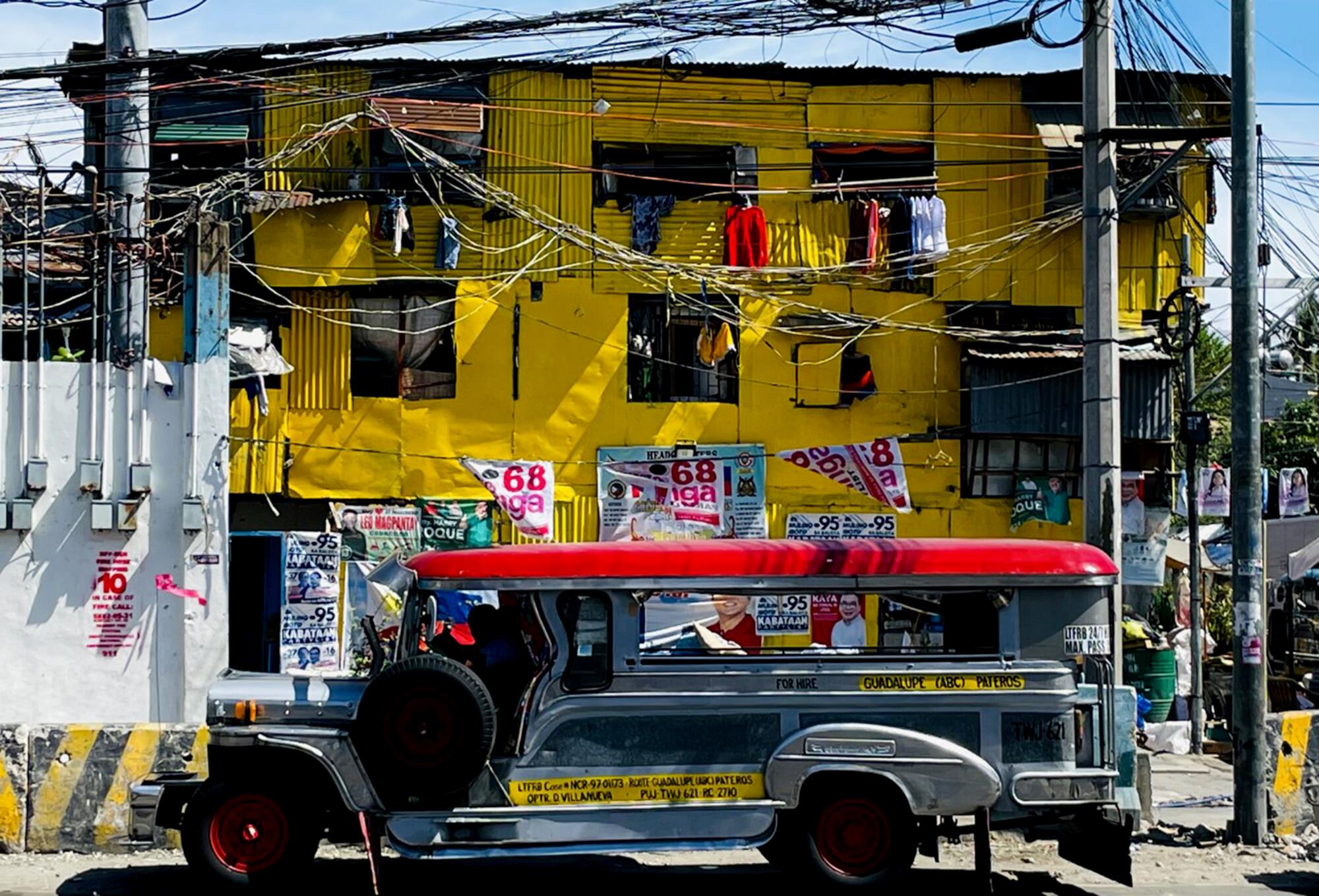
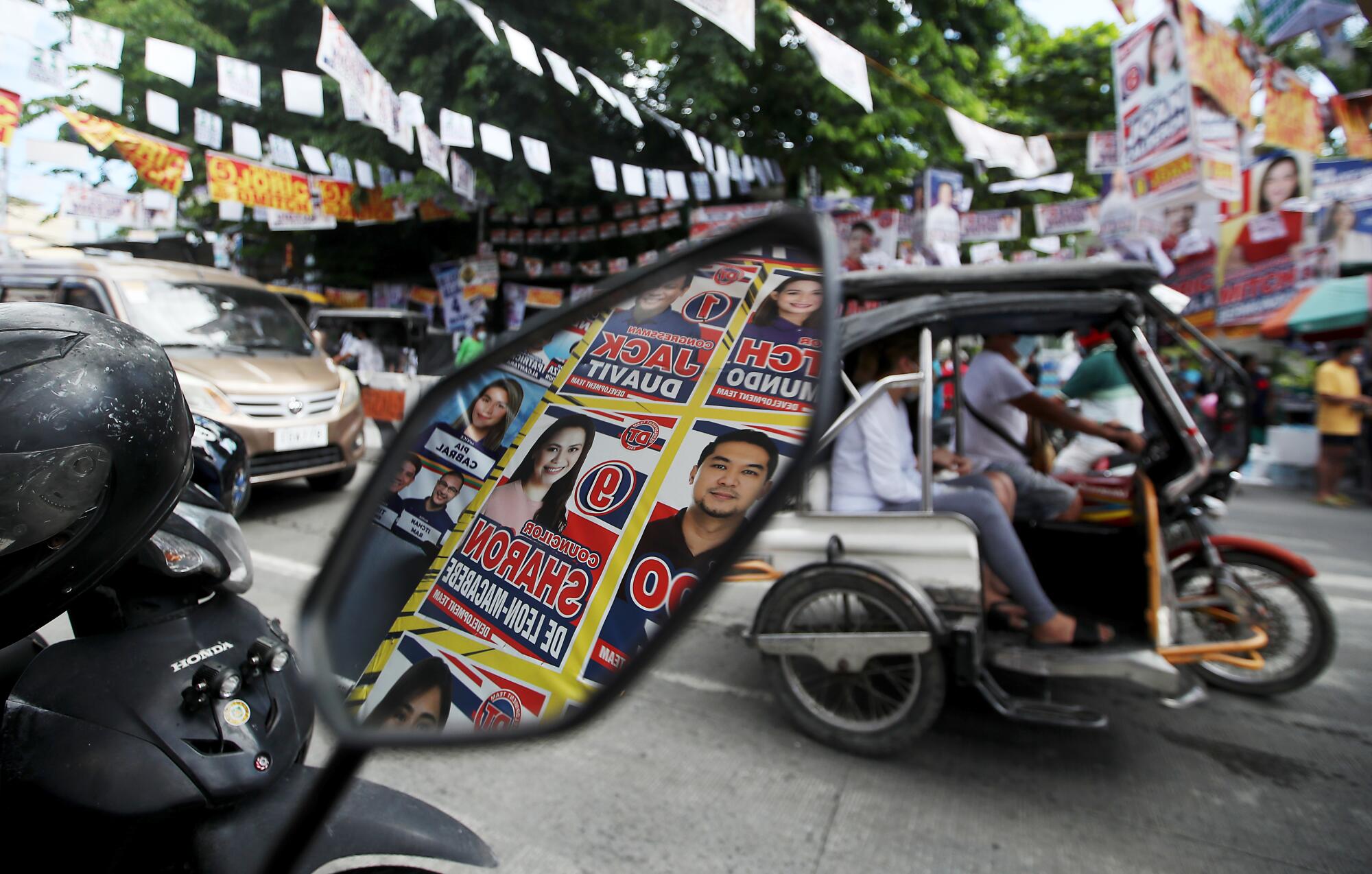
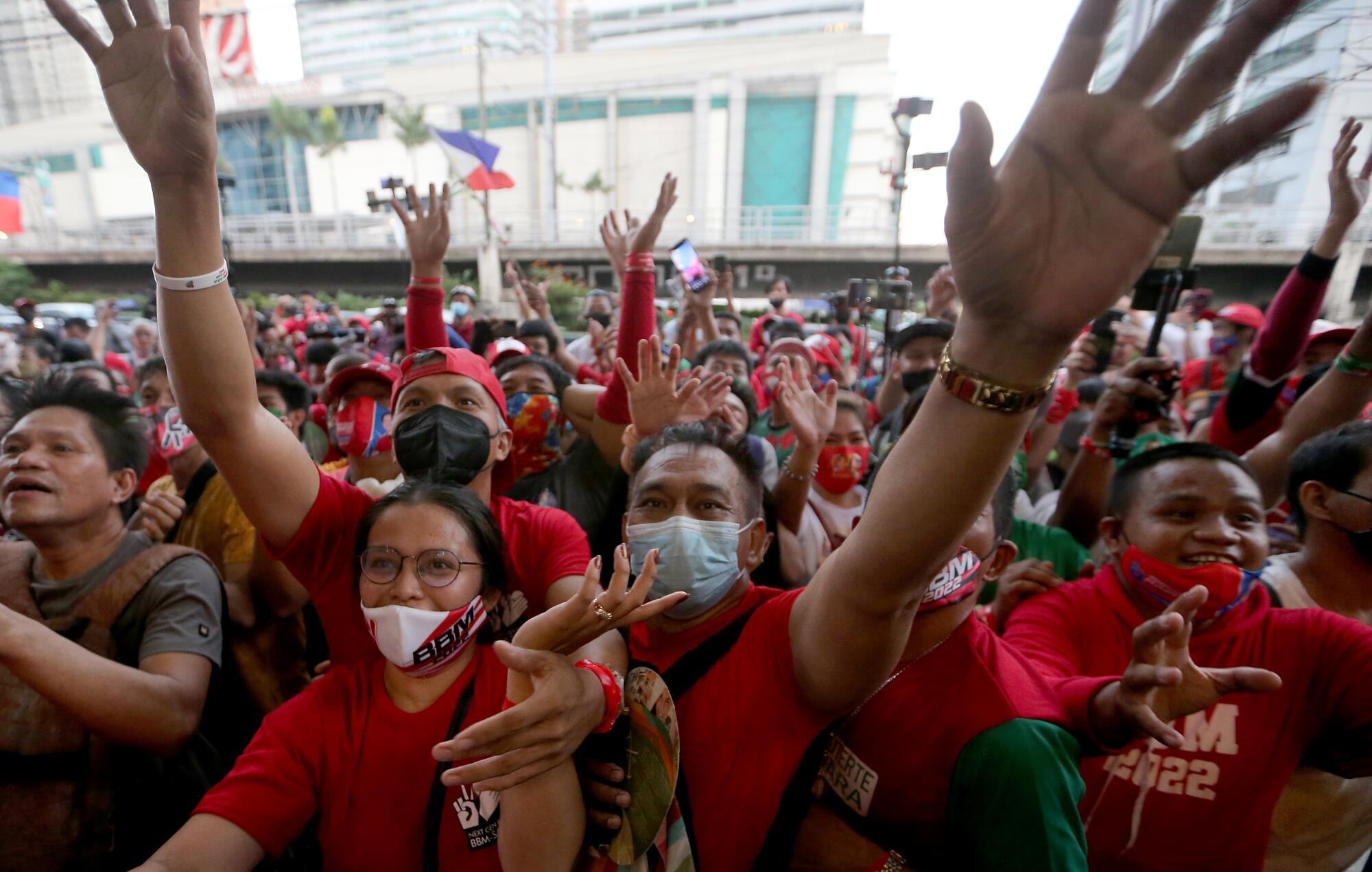
Filipinos voted in droves. Turnout topped 83%. People lined up for hours in the hot tropical sun as long lines snaked outside many precincts. No bombs blew up in Manila. Political banners covered everything. Tons of wastepaper and plastic went to landfills. People exercised their rights. No claims of widespread election fraud emerged. No one stormed the Capitol.
More to Read
Sign up for The Wild
We’ll help you find the best places to hike, bike and run, as well as the perfect silent spots for meditation and yoga.
You may occasionally receive promotional content from the Los Angeles Times.







